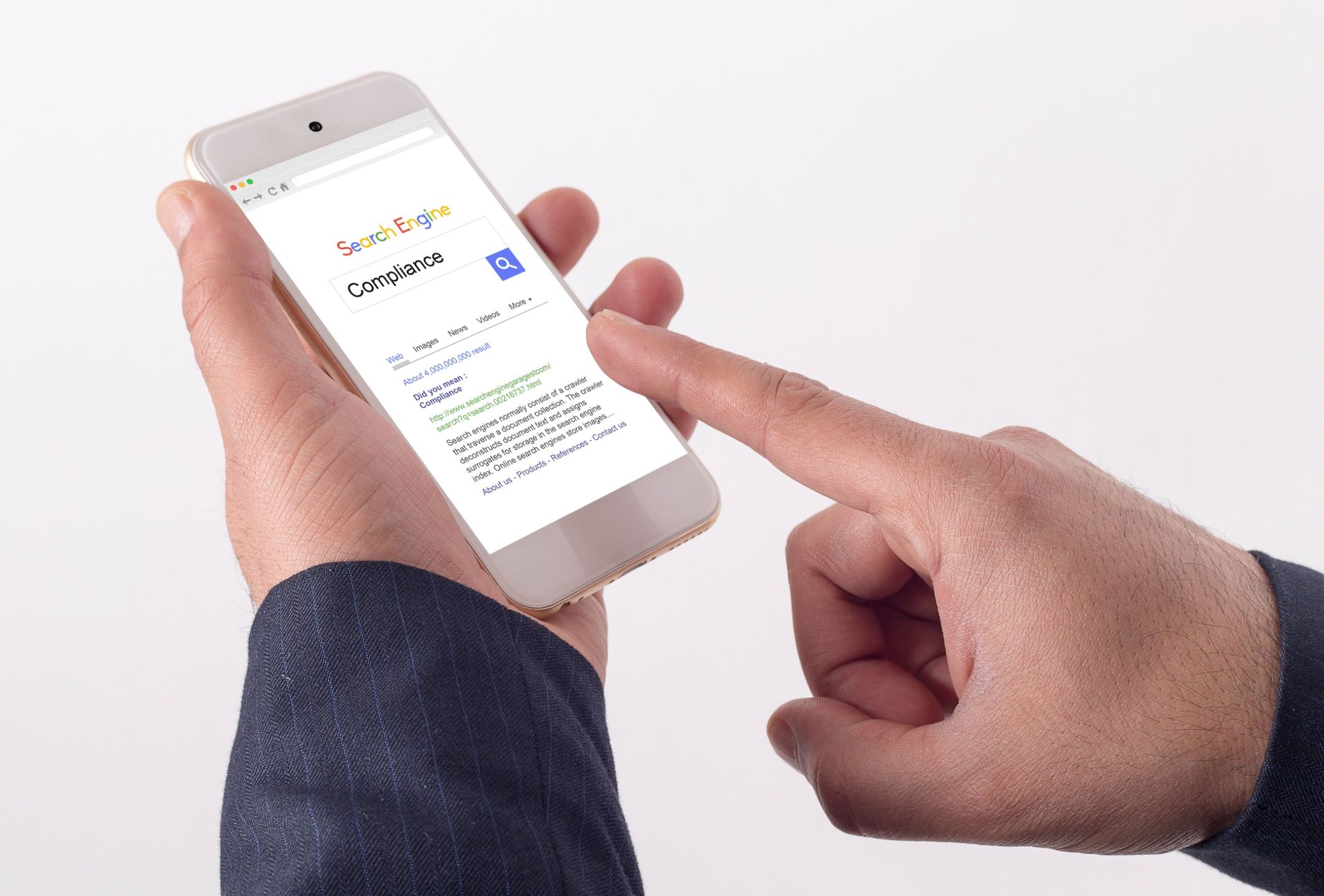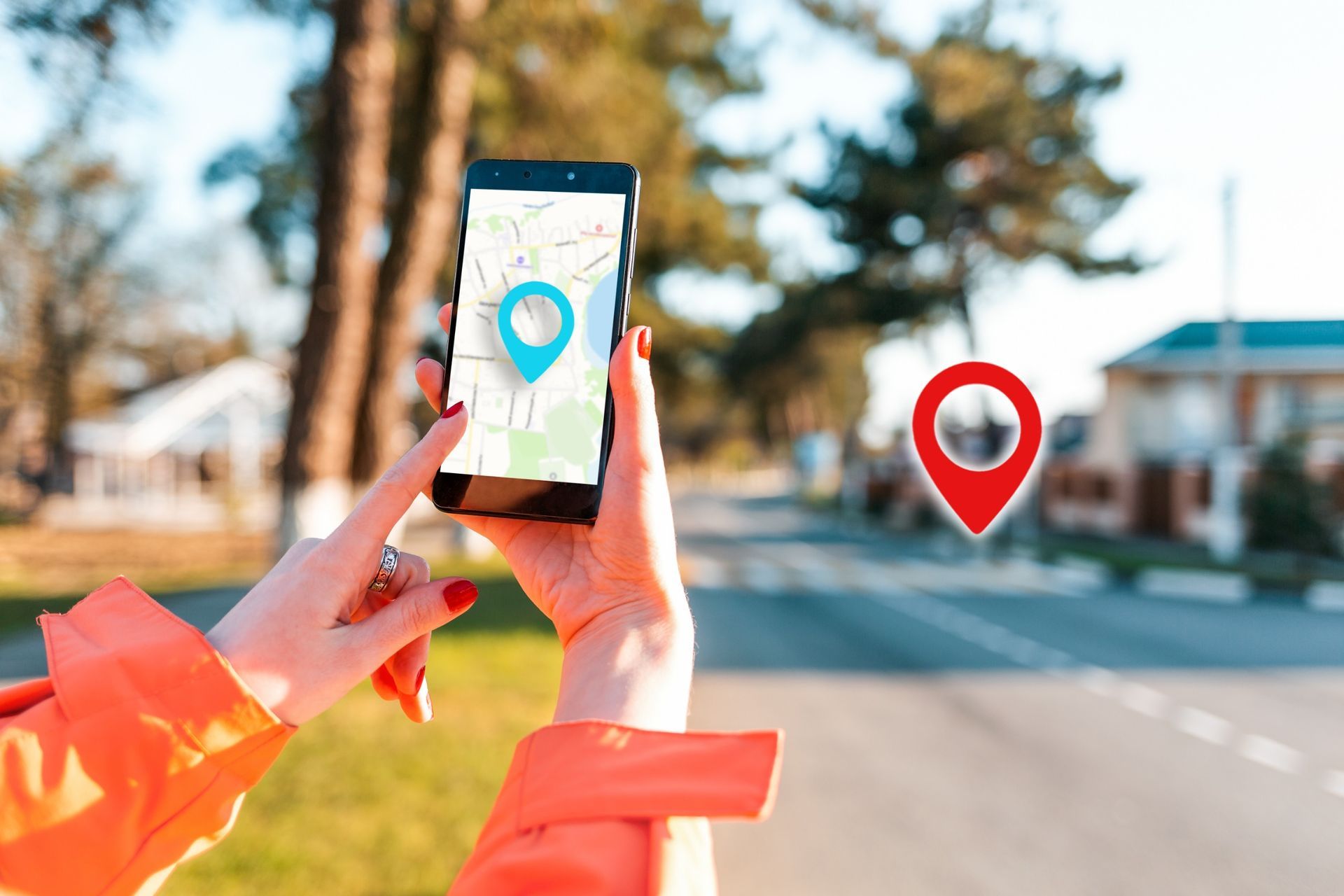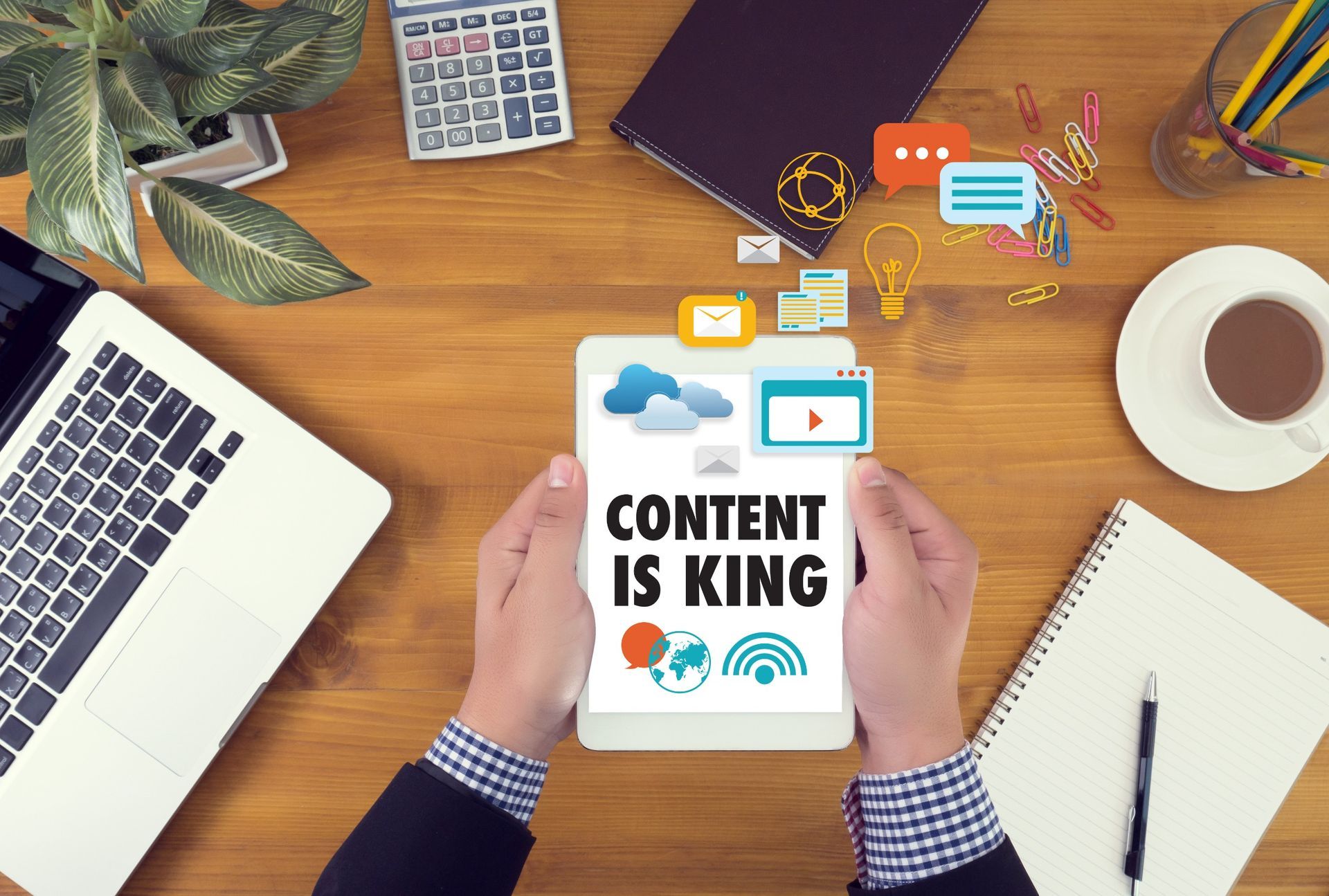MegaDash
What the Highest Converting Websites Do Differently
When it comes to running a successful online business, your website is more than just your digital storefront—it's your most powerful sales tool.
The most effective websites don’t just attract visitors; they convert them into loyal customers, subscribers, or clients. But how do they accomplish this? What sets the highest converting websites apart from the millions of others online?
If you’re looking to update your site or improve your conversion rate, this post breaks down the strategies, design techniques, and psychological triggers these websites use to stand out.
By the end of this blog, you’ll know the exact elements you need to focus on to turn your website into a conversion machine.
1. Clear and Compelling Value Proposition
Your website has just seconds to capture a visitor's attention. High-converting websites make their value proposition immediately clear—answering the critical question visitors arrive with: "Why should I choose you over someone else?"
Take Dropbox, for example. Their homepage immediately highlights their core benefit, “Keep life organized and work moving.” Simple, direct, and immediately communicates value.
How to Craft a Great Value Proposition:
- Be Specific - Instead of saying, "We sell quality shoes," try "Experience the ultimate comfort with handcrafted, all-day-wearable leather shoes."
- Solve a Problem - Focus on how your product or service solves a pain point for your audience.
- Keep It Highlighted - Place your value proposition in a prominent position, often front and center on your homepage.
2. User-Centric Design
Website usability is critical for keeping visitors engaged. If your layout is confusing or difficult to use, visitors will bounce quickly, and chances are they won’t come back. High-converting websites focus on user experience (UX): seamless navigation, mobile responsiveness, and fast load times.
A great example? Amazon. Even though their website is dense with products and information, you can instantly search, filter, and find what you need—in as few clicks as possible.
Tips for Better User-Centric Design:
- Simplify Navigation: Use clear menus with dropdowns or categories so users can quickly find content.
- Optimize for Mobile: Since 59% of global website traffic is from mobile users, your website should be fully optimized for smaller screens.
- Speed Matters: Compress images and use caching tools to ensure your site loads in under 2 seconds.
Pro Tip: Use tools like Google PageSpeed Insights or GTmetrix to check and improve site speed.
3. Strong Call-to-Actions (CTAs)
Have you noticed how the highest converting websites always tell you exactly what to do next? That's because their CTAs are clear, persuasive, and strategically placed. Whether it’s “Sign up now,” “Request a quote,” or “Shop the collection,” the language is action-driven and unmistakable.
For example, Airbnb uses CTAs like “Become a Host” or “Search Places to Stay” that directly align with their key services. These short, directive phrases help users take action intuitively.
How to Optimize Your CTAs:
- Be Direct: Use clear verbs like “Download,” “Start,” or “Get.”
- Create Urgency: Add words like “now” or “limited time” to spark immediate action.
- Test Placement: Experiment with different locations—above the fold, within blog posts, or on pop-ups.
4. Effective Use of Social Proof
Many consumers won’t make a purchase unless they trust your brand—and trust often comes from seeing evidence that others are satisfied with your product or service. High-converting websites use social proof to establish that trust.
Examples of social proof include customer reviews, case studies, testimonials, badges or certifications, and media features. Apps like Trustpilot or Yotpo help businesses collect and display trustworthy reviews.
Take Slack, for instance. Their homepage highlights endorsements from major brands like Lyft and Harvard, positioning them as the go-to solution for team communication.
Types of Social Proof to Use:
- Testimonials: Feature short, authentic quotes from happy customers.
- Statistics: Showcase numbers, like “Trusted by 10,000 businesses globally.”
- Logos: Add logos of well-known brands or media outlets you’ve worked with.
5. Simplified and Streamlined Forms
Conversion hinges on making it easy for users to take action. Whether it’s filling out a signup form, downloading an eBook, or completing a purchase, the fewer fields they need to fill out or steps they need to take, the better.
High-converting websites typically reduce friction by limiting the information they ask for upfront and offering autofill options.
For example, Spotify’s signup process only requires an email and a password, making it quick and painless to get started. Once users are onboard, additional details can be requested later.
Steps to Simplify Forms:
- Ask Only for Essentials: Every additional field decreases conversions.
- Use Autofill Features: Enable tools like Google Autofill to prefill known user data.
- Add Progress Bars: For multi-step forms, indicate how far along the user is to completion.
6. High-Quality Visuals and Videos
Humans process images and videos faster than text, making them a powerful tool for engaging visitors. High-performing websites know this well, using captivating visuals to communicate their brand story and create an emotional connection.
For instance, Apple uses sleek, high-definition product images and short demo videos to showcase their technology’s features in action.
Design Tips for Visuals:
- Invest in Professional Photos: Stock images won’t cut it if you want to stand out.
- Use Explainer Videos: A well-made video can boost conversions by up to 80%, according to studies.
- Be Consistent: Ensure your visuals align with your brand’s color palette and tone.
7. A/B Testing Everything
The highest converting websites don’t stop improving. They conduct regular A/B tests to optimize their headlines, CTAs, images, and layouts. By testing one element at a time, they quickly identify what resonates most with visitors and what doesn’t.
Examples of What to Test:
- Button colors and text
- Landing page names and titles
- Product descriptions
Tools like Google Optimize, Optimizely, and Crazy Egg make testing and tracking changes simple.
8. Email Capture and Follow-Up Strategies
Top-converting websites don’t just focus on first-time visitors; they also aim to retain potential customers through email marketing. Pop-ups offering free resources, discounts, or exclusive content are common, inviting users to join an email list.
For instance, clothing retailer ASOS often offers a “10% off your first order” in exchange for signing up—an offer that serves both the customer and the brand.
Pro Email Collection Strategies:
Use timed popups instead of immediate ones.
Offer exclusive freebies like guides, coupons, or product trials.
Follow up with welcome emails that guide users to their next step.
Take Your Website from "Good" to "Great"
High-performing, high-converting websites don’t happen by accident—they follow tried-and-true practices that prioritize user experience, trust building, and strategic action. From crafting the perfect value proposition to ongoing A/B testing, each of the steps we’ve outlined here is key to unlocking your website’s full potential.
Ready to take your business to the next level?
Mega Dash, the leading digital marketing agency in NYC, is here to help you create the perfect sales strategy. Our team of experts delivers personalized strategies that align with your unique business objectives.
Whether it is website design, SEO, PPC marketing, content creation, or social media, you want to excel—we will take care of it for you!
Get in touch today
to get started!










